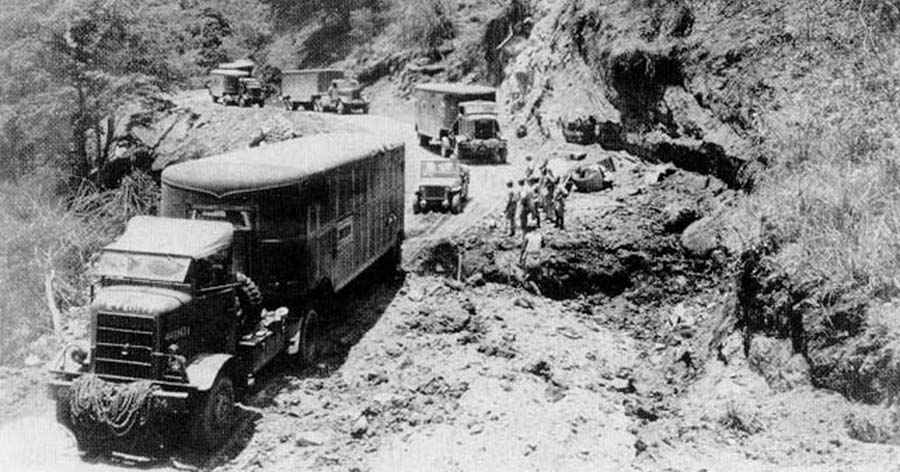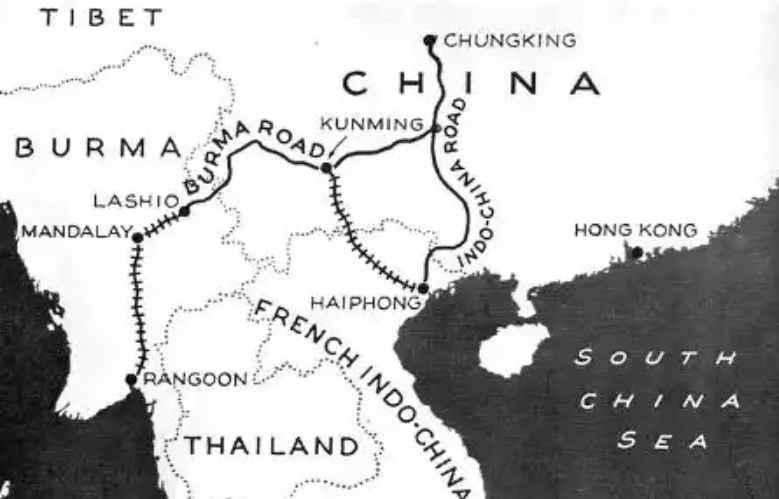The historic Burma Road was built during World War II
The Burma Road was a crucial supply route built during World War II, linking Lashio in eastern Burma (now Myanmar) with Kunming in Yunnan province, China.

How long was Burma Road?
The road, spanning 1,154 km (717 miles), played a pivotal role in providing essential supplies to China, aiding its resistance against the Japanese invasion. Built amidst challenging terrain, when the project started, it was widely considered to be a fool's mission, but it was completed and did contribute to the war effort. It proved to be one of the most remarkable engineering achievements of its time.
When was Burma Road built?
Constructed between 1937 and 1938, the Burma Road involved the collaborative efforts of Chinese laborers, British, and American engineers. More than 200,000 Chinese laborers embarked on a seemingly impossible task: to cut a 700-mile overland route -- the Burma Road -- from the southwest Chinese city of Kunming to Lashio. It served as a lifeline for the Chinese Nationalist forces, led by Chiang Kai-shek, allowing them to withstand Japanese aggression. The strategic importance of the Burma Road became evident when Burma fell to the Japanese in 1942, severing the road. However, as part of the Allied offensive, American general Joseph Stilwell successfully reopened the road, ensuring the flow of supplies to China. Simultaneously, air-lift operations from India kept China supplied and contributed to driving the Japanese out of Burma.
Does Burma Road still exist?
Although much of the original road no longer exists, certain parts of the route are still visible today. The Burma Road remains a symbol of resilience and determination, highlighting the significant role it played in facilitating cooperation among Allied forces and sustaining China's war effort during a critical period in history.
Burma Road or 24-Zig Road?
Numerous internet sources display images of the 24-Zig Road as a segment of the Burma Road. However, this is a misconception. Throughout the Second Sino-Japanese War, the war supplies initially reached Kunming via the Burma Road. Subsequently, they traversed the "24 Turns" to reach Chongqing, the provisional capital, and provide crucial support to the front-line troops.
Pic: By U.S. Army Center of Military History [Public domain], via Wikimedia Commons
